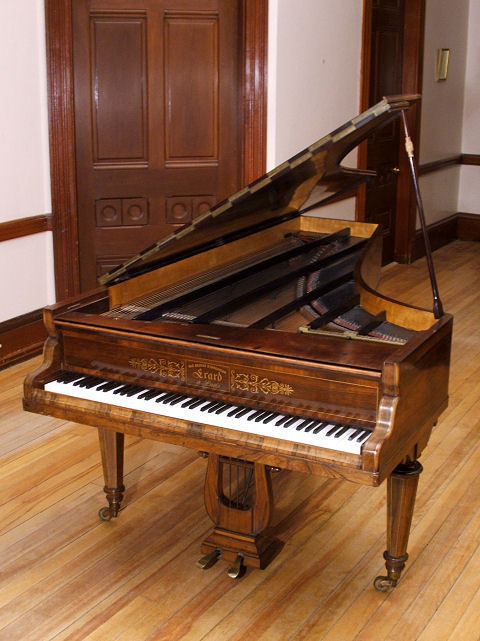sonateharder:Erard, Paris, 1840. Six and two thirds octaves, CC-a4 (originally to g). Inventor of th
sonateharder: Erard, Paris, 1840. Six and two thirds octaves, CC-a4 (originally to g). Inventor of the double-escapement repetition action, Erard was the direct competitor of Pleyel. Liszt’s preference was for Erard’s more dramatic range of tone colors, while Chopin played both makes, preferring the more intimate sound of the Pleyel except when he was feeling ill and wanted a piano that would produce more effects with less effort. This piano works well for both composers’ music. (via The Historic Piano Collection) -- source link
Tumblr Blog : sonateharder.tumblr.com
